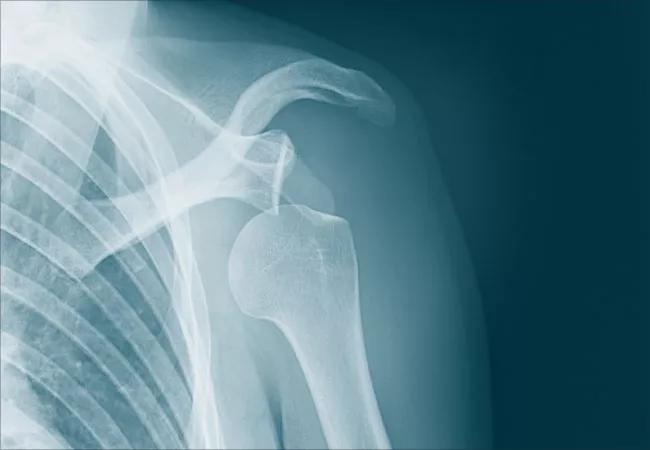Advertisement
The short answer from an orthopaedic surgeon

A: Has your shoulder ever popped out of place? You feel the pop — and then the pain. Unfortunately, if this happens, you are more at risk for shoulder instability and re-injury, especially if you’re young and active.
Advertisement
Cleveland Clinic is a non-profit academic medical center. Advertising on our site helps support our mission. We do not endorse non-Cleveland Clinic products or services. Policy
In some cases, the ball at the top of your upper arm bone (humerus) may come out of the socket only partially — called “subluxation.” This means that your shoulder moves past the normal location on the socket but is not completely out of place.
When it pops out completely, it’s known as dislocation. Both injuries can cause pain, arm weakness and swelling.
Some dislocations spontaneously reduce, and it’s difficult to determine if they were subluxations or dislocations. Your doctor can use advanced imaging, such as an MRI, as well as conducting a thorough history and physical to help determine this.
A shoulder dislocation may stretch or tear surrounding ligaments, tendons and muscles. It may even bruise or damage the bone.
Both immediate medical treatment and follow-up care are important because tearing muscles or ligaments typically leads to shoulder instability, which makes it easier for your shoulder to pop out again.
— Orthopaedic surgeon Anne Marie Chicorelli, DO.
Advertisement
Learn more about our editorial process.
Advertisement

Carpal tunnel syndrome sometimes indicates a higher risk for this serious (but now treatable) heart condition

Arthritic knees can benefit from bridging, mini squats, balancing exercises and other stretches

If you don’t have an underlying condition, cold plunges might help ease sore muscles, decrease inflammation and even heighten your focus

Tendinopathy tends to get better with rest, ice, pain management and physical therapy

Wearing shoe inserts, maintaining a healthy weight and using cold or heat therapy may give you relief

Full recovery takes a year or more, but you’ll likely be walking and driving within a few weeks if you follow your provider’s recovery plan

Try stretching, massage, elevation and a supportive pair of shoes to help relieve foot aches and pains

Concussion protocol describes the steps needed to test for concussion and return to play — timelines vary

If you’re feeling short of breath, sleep can be tough — propping yourself up or sleeping on your side may help

If you fear the unknown or find yourself needing reassurance often, you may identify with this attachment style

If you’re looking to boost your gut health, it’s better to get fiber from whole foods